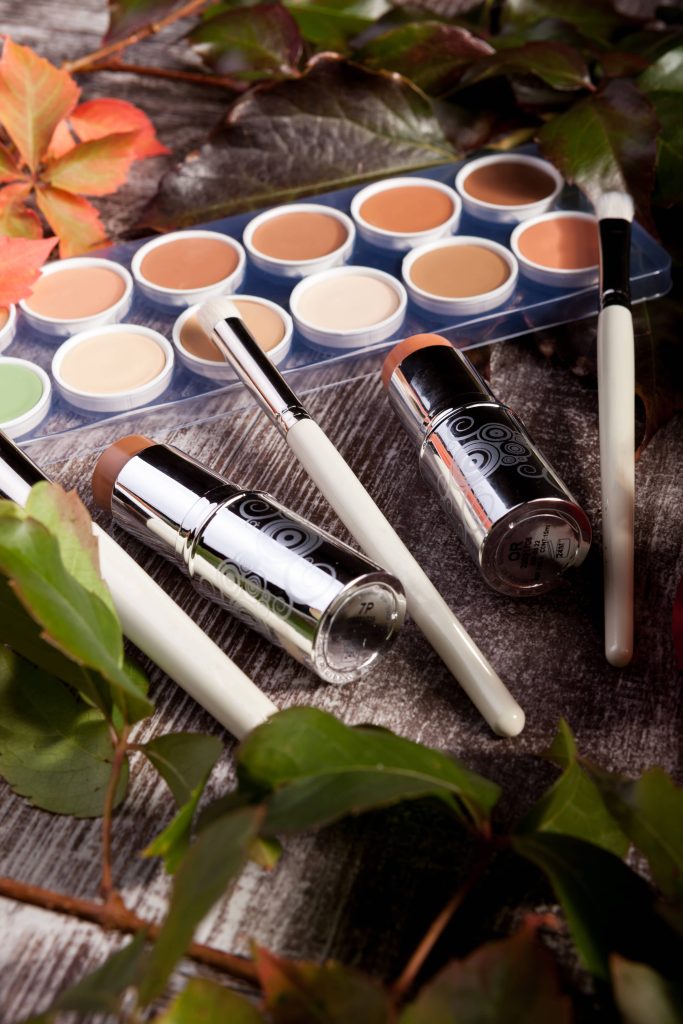
Hair extensions have long been the go-to solution for individuals seeking to transform their hair – whether it’s adding volume, length, or a splash of color. As a beauty blogger who focuses on haircare, it’s essential to dive deep into the modalities, pros, and cons of various hair extension types. From clip-ins to micro-links, every method has its unique offerings and potential pitfalls. This detailed guide will provide you with all the insights you need to make an informed decision about which hair extension type to choose or recommend to your readers.
Clip-In Hair Extensions
Advantages:
1. Ease of Use: Clip-in extensions are the most user-friendly type. They can be easily applied and removed at home without professional help, saving on salon costs.
2. Temporary Solution: Ideal for those looking for a quick change for a special occasion without a long-term commitment.
3. Versatility: Available in numerous lengths, colors, and textures that can accommodate various hairstyles and preferences.
Disadvantages:
1. Visibility Issues: If not applied correctly, clips can become visible, making the extensions look unnatural.
2. Not Suitable for Daily Wear: Prolonged daily use can lead to stress on your natural hair, causing breakage.
3. Limited Styling: Heat styling can damage the clips or the extensions. Also, they are not seamlessly wearable in high ponytails or updos.
Tape-In Hair Extensions
Advantages:
1. Natural Appearance: The extensions lay flat against the scalp, providing a seamless and natural look.
2. Reusable: With proper care, tape-ins can be reused several times, thus saving money in the long run.
3. Comfortable: The flat bonds mean they are comfortable and easy to forget you’re wearing them.
Disadvantages:
1. Professional Application Required: Tape-ins need to be applied and removed by a professional, which can become costly.
2. Maintenance: Regular maintenance is required every 6-8 weeks to move the extensions as the hair grows.
3. Limited Styling Options: Frequent styling with heat can weaken the adhesive, causing extensions to slip.
Sew-In (Weave) Hair Extensions
Advantages:
1. Secure and Long-Lasting: Once applied, sew-ins stay in place until they are professionally removed.
2. Versatile Styling: Since they’re securely sewn into cornrows, sew-ins can be styled in numerous ways, including high ponytails and complicated updos.
3. Protects Natural Hair: The braiding technique can protect natural hair from daily styling stressors.
Disadvantages:
1. Tightness and Pressure: The process can be uncomfortable or even painful due to the tight braiding required.
2. Maintenance and Care: It’s crucial to keep the scalp clean and moisturized to prevent itchiness and hair damage.
3. Suitable for Thicker Hair: Sew-ins work best on thick hair, as fine hair may not have the necessary strength to support the extensions.
Fusion Hair Extensions
Advantages:
1. Long-Lasting: Fusion extensions can last up to 4-6 months if properly maintained.
2. Natural-Looking: The bonding process allows extensions to blend seamlessly with natural hair.
3. Full Range of Styles: You can wash, color, and style these extensions just like your natural hair.
Disadvantages:
1. Time-Consuming Application: The application process can take several hours, as each bundle is bonded strand by strand.
2. Potential for Damage: The heat and chemicals used during the bonding process can damage natural hair.
3. Cost: This method is typically more expensive than others due to the complexity of the application.
Micro-Link (I-Tip) Hair Extensions
Advantages:
1. No Glue or Heat Required: Attached with small beads, micro-links are a safer alternative that doesn’t require heat or glue.
2. Reusable: These extensions can be reused, making them a cost-effective option over time.
3. Flexible Styling: They allow for a variety of styling options, similar to fusion extensions.
Disadvantages:
1. Professional Application Needed: Proper application without causing damage typically requires a professional stylist.
2. Slippage Risk: If not installed tightly, the micro-links can slip out over time, requiring regular adjustments.
3. Tension on Hair: The weight of the beads can put stress on thin or fragile hair, potentially leading to breakage.
Conclusion
Choosing the right type of hair extension involves weighing the advantages and disadvantages while considering your hair type, lifestyle, and budget. Clip-ins are perfect for those looking for occasional changes, whereas tape-ins and micro-links are excellent choices for individuals seeking a longer-term solution without the commitment of sew-ins or fusions.
It’s crucial to consult with a professional hairstylist before deciding on any extension method to ensure that it aligns with your hair type and lifestyle. Whichever option you choose, caring for both the extensions and your natural hair is vital to maintaining a healthy, stylish appearance. Exploring the world of hair extensions can be an exhilarating journey that offers endless possibilities for achieving your hair goals!



